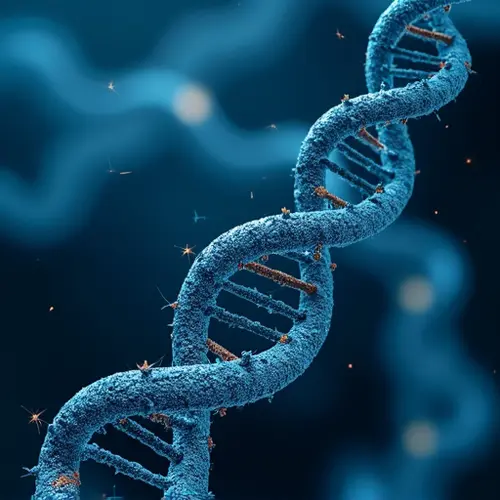
DNA Data Storage: The Future of Petabyte-Scale Storage
In an era where data generation is skyrocketing, traditional storage solutions like hard drives and SSDs are struggling to keep up. Enter DNA data storage, a revolutionary technology that promises to store petabytes of information in a single gram of DNA. This cutting-edge approach leverages the natural density and longevity of DNA, offering a sustainable and scalable solution for the future of data storage.
How DNA Data Storage Works
DNA data storage involves encoding binary data into synthetic DNA strands. Scientists translate digital information into the four nucleotide bases of DNA—adenine (A), thymine (T), cytosine (C), and guanine (G). This encoded DNA can then be stored for centuries, as DNA is incredibly stable under the right conditions. Retrieving the data involves sequencing the DNA and decoding it back into its original digital format.
Advantages Over Traditional Storage
DNA storage boasts several advantages:
- Density: A single gram of DNA can store up to 215 petabytes of data.
- Longevity: DNA can remain intact for thousands of years, unlike hard drives that degrade over decades.
- Sustainability: DNA storage requires no energy to maintain, unlike data centers that consume massive amounts of electricity.
Challenges and Current Developments
Despite its potential, DNA data storage faces hurdles such as high costs and slow read/write speeds. However, recent advancements are addressing these issues. For instance, researchers have developed a DNA writer capable of encoding data at 1 Mbps, and initiatives like the Storage and Computing with DNA 2025 conference are fostering collaboration to accelerate progress.
The Road Ahead
With ongoing research and investment, DNA data storage could become a mainstream solution within the next decade. As the world grapples with data overload, this technology offers a glimpse into a future where storage limitations are a thing of the past.

 Nederlands
Nederlands
 English
English
 Deutsch
Deutsch
 Français
Français
 Español
Español
 Português
Português